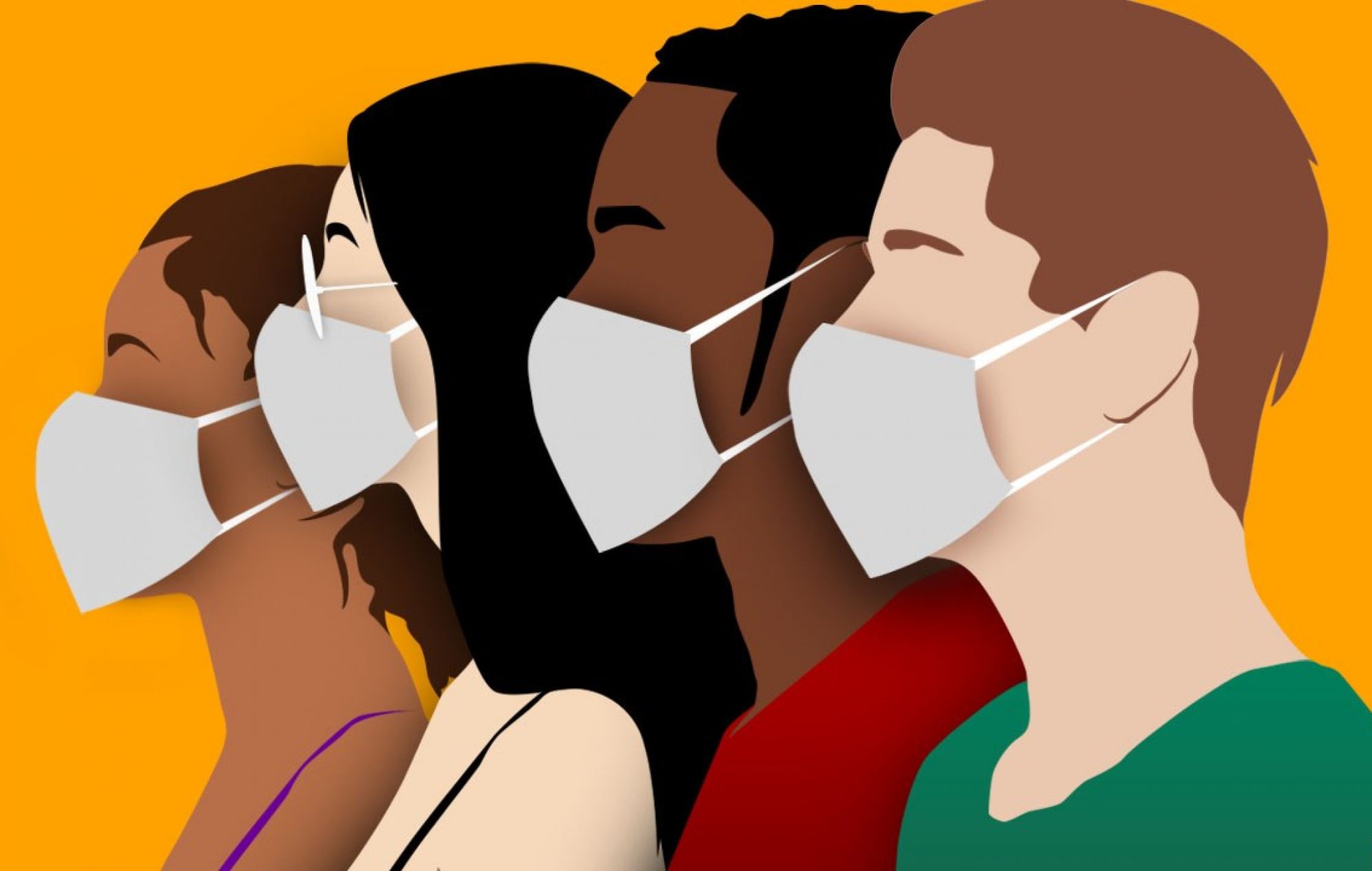Through our examination of political figure Vice President Pence, medical expert Dr. Fauci, and politician with medical background HSS Secretary Alex Azar, we noticed distinct differences in tone and expression of information. This difference highlight the disparity in the presentation of information from these three key figures. Although their information was not as different as we expected and there cannot be grounded assumptions of misinformation, it is important to note how the information was given and how this reflects the current administrations’ handling of this situation.
Dr. Fauci’s tone from the beginning was serious but not pessimistic, and this remained throughout our study. He honestly explored the outbreak, highlighting the risks and need for mitigation, but avoided words like “dangerous” and “threat”. He did not explore the rate of progress in terms of testing and recovery rates as far as we could find, but he reinforced the importance of mitigation for the public’s overall health.
Secretary Azar’s tone shifted significantly from the end of January to the middle of April; the early briefings reflected his understanding of COVID-19 as non-threatening and not of great public concern. However, as the situation changed and it became more serious, his tone matched that although he did not speak of mitigation. His focus was always on the health of the American people, and his statements highlight the importance of maintaining it although he did not explore the efforts/mitigation needed to do so.
Vice President Pence’s initial tone can be described as optimistic as he reiterated the low risk nature of this situation. His tone remained unconcerned until the end of March when he recognized the seriousness and tragedy of this pandemic. However, his tone returned optimistic as he began pushing the idea to reopen American in mid April when the global economy’s sharp decline was more visible to the public eye. His tone has been tied to the economic impacts felt by this pandemic, and differ sharply from Fauci’s focus on the health and safety of Americans.
Our decision to include the links visualization along with the trends was in effort of providing context for these briefings, in order for a reader to explore these connections and build their own understanding. We found through using such tools that while the information presented by these figures did not differ in accuracy, it certainly came with individual tones and biases. The political figures were more concerned with downplaying the initial risks, and focused on the economic health while the medical perspective was more realistic about the potential risks. As this situation progresses, there are still many unknowns and it is more important than ever for individuals to have accurate information. One must also have the tools to filter through the biases and tones so that the information expressed can be balanced, and such tools can be found within the discipline of digital humanities; this field provides a wealth of approaches, many of which are already integrated into our day to day lives. Our dependence on technology has only grown from this pandemic, and as we continue our respective woks the field of digital humanities has much to offer those seeking knowledge and truth.

